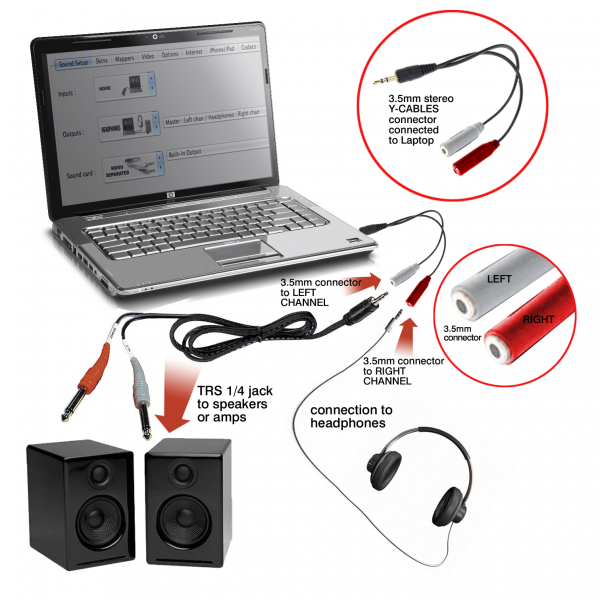
The trial version's annoying "watermark" consists of a digitally distorted female voice interspersed with bursts of intense noise. All our drivers and settings were up to date, leaving us at a loss to explain the silence. Clicking Help took us to the program's Web site and some FAQs, none of which addressed the issue. It's easy enough to switch between playback and recording devices from the program's tray menu, but the inability to hear what you're recording is a major setback. Our system sound played normally when we tested it in the Sound properties, yet we couldn't get Virtual Audio Streaming to play audio through it. We're well familiar with this, yet we couldn't get Virtual Audio Streaming to play audio over our system's speakers, headphones, or any audio output. Nevertheless, it explained how to set Virtual Audio Streaming as our default device for playback and recording on the Windows Sound properties dialog. It's just as well since the main window isn't particularly intuitive or attractive for example, you have to scroll the Recording box up or down a few millimeters to view it all, even though the interface itself resizes by dragging. Virtual Audio Streaming's main window isn't the program's main interface the System Tray icon's menu accesses all the features most users need most of the time. It's free to try for 30 days, but the trial version places an audio "watermark" on the output.

It also improves sound recording in Windows, even automatically fixing the "no Stereo Mix" problem in Windows 7 and Vista. It acts as a wrapper on your existing sound card, enhancing its capabilities and making it easy to record and stream whatever audio your system is playing, no matter what the source: microphone, media player, or external device. ShiningMorning's Virtual Audio Streaming software creates a virtual sound card in your Windows system.


 0 kommentar(er)
0 kommentar(er)
